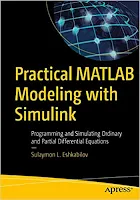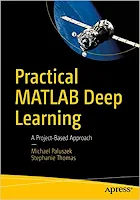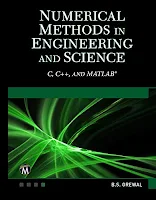Intuitive Understanding of Kalman Filtering with MATLAB
Armando Barreto, Malek Adjouadi, Francisco R. Ortega, Nonnarit O-larnnithipong ... 248 pages - Publisher: CRC Press; (September, 2020) ... Language: English - AmazonSIN: B08BW66HKK.
The emergence of affordable micro sensors, such as MEMS Inertial Measurement Systems, are applied in embedded systems and Internet-of-Things devices. This has brought techniques such as Kalman Filtering, which are capable of combining information from multiple sensors or sources, to the interest of students and hobbyists. This book will explore the necessary background concepts, helping a much wider audience of readers develop an understanding and intuition that will enable them to follow the explanation for the Kalman Filtering algorithm.
The emergence of affordable micro sensors, such as MEMS Inertial Measurement Systems, are applied in embedded systems and Internet-of-Things devices. This has brought techniques such as Kalman Filtering, which are capable of combining information from multiple sensors or sources, to the interest of students and hobbyists. This book will explore the necessary background concepts, helping a much wider audience of readers develop an understanding and intuition that will enable them to follow the explanation for the Kalman Filtering algorithm.



















